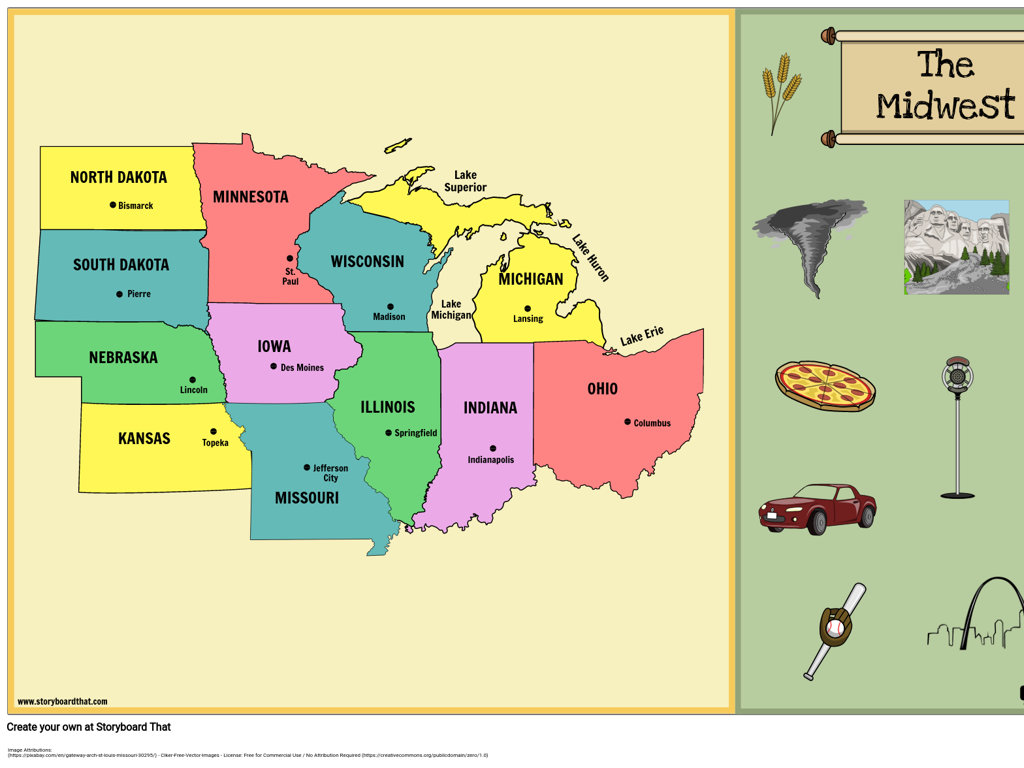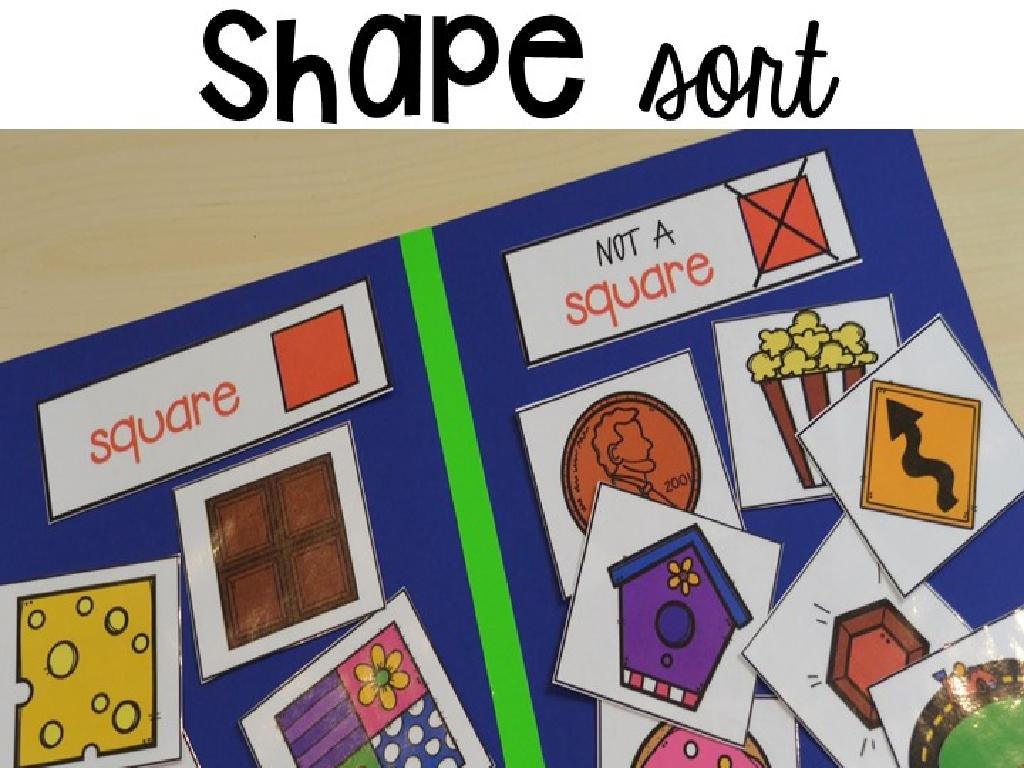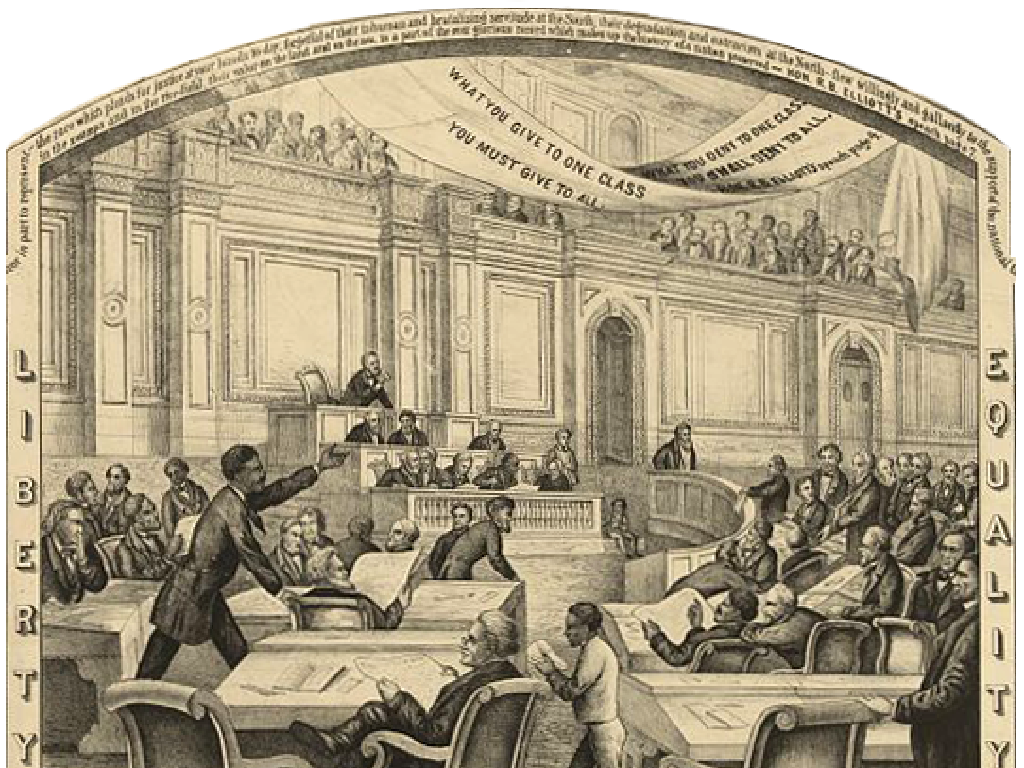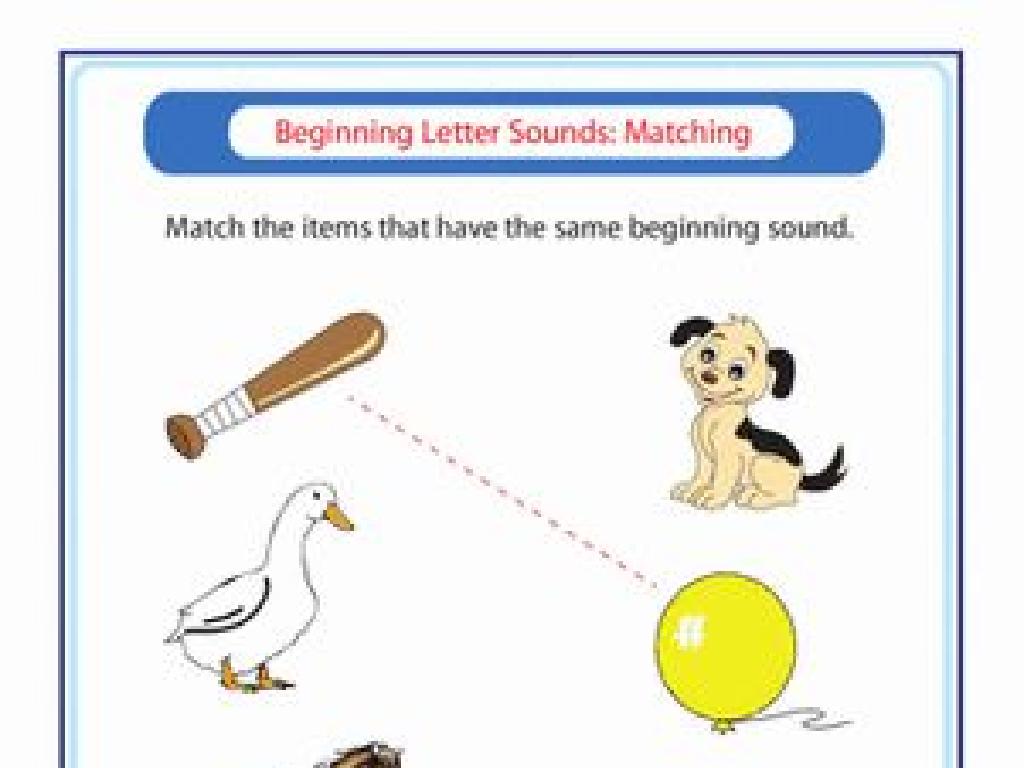Identify And Select Countries Of The Caribbean
Subject: Social studies
Grade: Eighth grade
Topic: The Americas: Geography
Please LOG IN to download the presentation. Access is available to registered users only.
View More Content
Exploring the Caribbean Region
– Introduction to the Caribbean
– A tropical paradise made up of islands and seas
– Geography of the Americas
– The Caribbean is a part of the Americas, located southeast of the Gulf of Mexico
– Significance of the Caribbean
– A hub for biodiversity, tourism, and cultural fusion
– Cultural and economic impact
– The Caribbean’s economy is heavily influenced by tourism and agriculture
|
This slide introduces students to the Caribbean region, a vibrant and diverse area that is part of the Americas. Begin by discussing the geographical setting, including the islands and surrounding seas that make up the Caribbean. Emphasize its location relative to North and South America. Highlight the importance of the Caribbean in terms of its rich biodiversity, its role as a major tourist destination, and its unique cultural contributions, which include a blend of indigenous, African, European, and Asian influences. Discuss how these factors contribute to the region’s economy, with a focus on tourism and agriculture. Encourage students to think about the Caribbean’s global significance beyond just a vacation destination.
Locating the Caribbean
– Define the Caribbean region
– A tropical sea in the Western Hemisphere, surrounded by the Caribbean islands and coasts.
– Explore the Caribbean Sea & Islands
– Consists of over 7,000 islands, islets, reefs, and cays.
– Identify countries on the map
– Use the map to find countries like Jamaica, Haiti, and Cuba.
– Interactive map activity
|
This slide introduces students to the geographical region of the Caribbean. Begin by defining the Caribbean and discussing its location as a sea with many islands in the Western Hemisphere. Highlight the diversity of the region, including the various islands, islets, reefs, and cays. Encourage students to interact with the map to locate countries such as Jamaica, Haiti, and Cuba, among others. The interactive map activity should be engaging, allowing students to click on different areas to learn more about each country. This activity will help solidify their understanding of the Caribbean’s geography and its countries’ locations.
Exploring the Caribbean Countries
– List of Caribbean nations
– Countries include Jamaica, Haiti, Cuba, and more
– Cultural diversity in the region
– A melting pot of indigenous, African, European, and Asian cultures
– Colonial history’s impact
– European colonization shaped languages, politics, and economies
– Understanding the Caribbean identity
|
This slide aims to introduce students to the Caribbean region, focusing on its countries, cultural diversity, and the influence of colonial history. Start by presenting a map to help students identify the geographical location of the Caribbean countries. Discuss the rich cultural diversity, highlighting how the blend of different heritages contributes to the unique Caribbean culture. Explain how European colonial powers such as Spain, France, and Britain have left a lasting impact on the languages, governance, and economic structures of these countries. Encourage students to think about how history has shaped the Caribbean’s identity and to consider the region’s global connections.
Geography of the Caribbean
– Major Caribbean landforms
– Explore islands, mountains, and waters
– Climate and resources
– Tropical climate, diverse ecosystems
– Geography’s impact on life
– How terrain and weather influence culture and economy
– Engage with Caribbean geography
|
This slide aims to give students an overview of the Caribbean’s geography, focusing on its physical features, climate, and natural resources, and how these elements shape the lives of people living there. Discuss the variety of landforms found in the Caribbean, such as its numerous islands, mountain ranges, and surrounding bodies of water. Highlight the tropical climate of the region, which supports a range of ecosystems and provides valuable resources. Explain how the geography of the Caribbean influences its culture, economy, and daily life, with examples such as the importance of tourism and agriculture. Encourage students to think about how living on an island might differ from their own experiences and to consider the relationship between geography and lifestyle.
Political and Economic Overview of the Caribbean
– Caribbean government systems
– Various forms: democracies, republics, overseas territories
– Economic activities & trade
– Agriculture, manufacturing, services; trade with global partners
– Tourism’s role in the economy
– Tourism is a major economic driver, attracting visitors worldwide
– Impact on local communities
– Tourism affects jobs, culture, and environment in Caribbean societies
|
This slide provides an overview of the political and economic landscape in the Caribbean. Students will learn about the different types of government systems present in the region, ranging from democracies to republics, as well as territories governed by foreign countries. The economic discussion will cover the main activities such as agriculture, manufacturing, and services, emphasizing the importance of trade. Tourism is highlighted as a crucial industry, contributing significantly to the economies of Caribbean nations. It’s important to discuss the multifaceted impact of tourism on local communities, including job creation, cultural exchange, and environmental challenges. Encourage students to think critically about how these factors interplay and shape the Caribbean region.
Cultural Highlights of the Caribbean
– Diverse languages of the Caribbean
– Spanish, French, English, Dutch, and Creole among others.
– Vibrant music, art, and festivals
– Carnival, Reggae, and unique art styles symbolize rich traditions.
– Celebrated Caribbean personalities
– Icons like Bob Marley, Usain Bolt, and Rihanna hail from the Caribbean.
– Understanding cultural impact
|
This slide aims to give students a glimpse into the rich cultural tapestry of the Caribbean. Highlight the linguistic diversity that stems from the region’s complex colonial history, with many languages spoken across different islands. Discuss the significance of music and art forms like Reggae and the world-famous Carnival that draw tourists and depict the vibrant life of the Caribbean people. Introduce students to famous personalities from the Caribbean who have made a global impact in various fields. Encourage students to explore how these cultural elements influence the identity and global perception of the Caribbean region.
Class Activity: Caribbean Exploration
– Interactive map labeling
– Identify Caribbean countries
– Research a Caribbean country
– Choose a country to explore its history, culture, and geography
– Share interesting country facts
– Present unique aspects like national dish, festivals, or landmarks
|
This class activity is designed to be a collaborative and interactive way for students to learn about the geography of the Caribbean and the unique aspects of its countries. Divide the class into small groups and provide each group with a blank map of the Caribbean. Each group will identify and label the countries on the map. Then, each group will select one country to research in more detail. They should look for interesting facts about the country’s history, culture, geography, national dish, festivals, and landmarks. After the research phase, groups will share their findings with the class. This activity will help students develop their research skills and their ability to work as a team. It will also enhance their presentation skills as they share what they have learned. Possible variations of the activity could include creating a travel brochure, a cultural collage, or a mock interview with a historical figure from the country.
Conclusion: The Caribbean Countries
– Recap of Caribbean nations
– Significance of the Caribbean
– A hub for cultural diversity and significant history.
– Engage in Q&A session
– Clarify any misunderstandings or curiosities.
– Summarize key takeaways
– Reinforce the geography and importance of the Caribbean.
|
As we wrap up our lesson on the Caribbean, it’s important to review the countries that make up this vibrant region. Emphasize the cultural diversity, historical significance, and the strategic geopolitical location of the Caribbean. Encourage students to ask questions to clear up any confusion and to ensure they understand the material. Use this time to also reinforce the key points from the lesson, such as the physical geography, the economies, and the social aspects of the Caribbean countries. This recap will help solidify the students’ knowledge and prepare them for any assessments on this topic.






